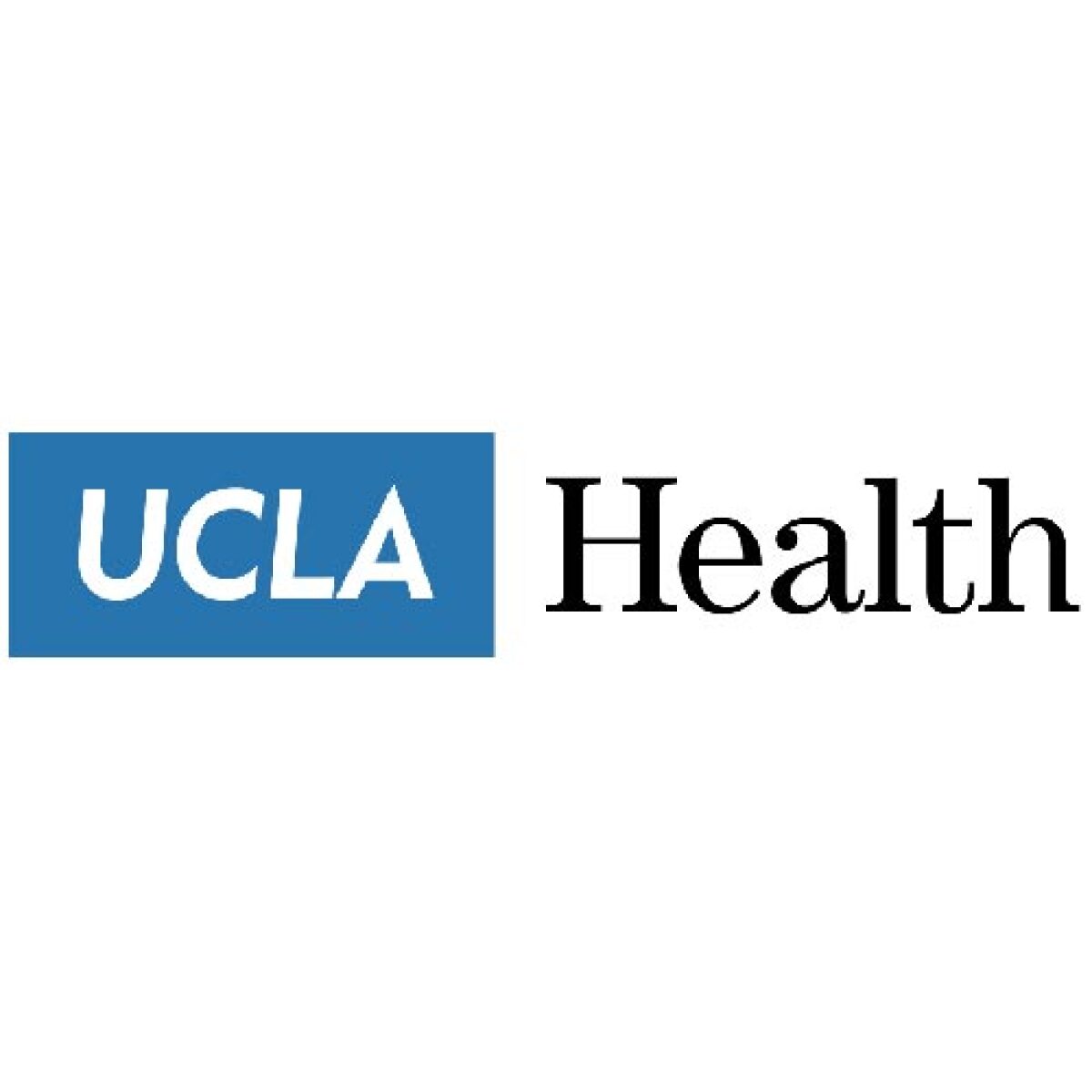Although cold showers are not a primary treatment for medical conditions and comprehensive research on cold therapy remains limited, they may provide relief for some symptoms.
This American study from UCLA Health shows it, here is the summary
1. Strengthening the Immune Response
Switching from hot to cold water in the shower, even briefly, can strengthen the immune system against common colds. The shock of cold water stimulates leukocytes, the blood cells that fight infections. A study in the Netherlands found that individuals who switched to cold showers for 30, 60 or 90 seconds for 90 days took 29% fewer sick days compared to those who did not switch to showers cold.
2. Elimination of Depression Symptoms
Although research on the effects of cold water therapy on depression is limited, existing studies show positive results. Clinical trials indicate that participants taking daily cold showers for several months reported a reduction in symptoms of depression. Additional evidence suggests that exposure to cold water may improve mood and reduce anxiety.
3. Improved Blood Circulation
Cold water tricks the body into “survival mode,” which in turn stimulates blood circulation. This increased circulation brings oxygenated blood to areas requiring recovery, thereby shortening muscle recovery time after exercise. Over time, this could lead to a more efficient circulatory system, particularly beneficial for people with high blood pressure or diabetes.
4. Stimulation of Metabolism
The effort required to maintain core body temperature in the cold shower results in energy expenditure and possible calorie burning, which could increase metabolism. However, research on this aspect is limited.
5. Reduction of Inflammation and Prevention of Muscle Aches
Cold temperatures cause blood vessels to constrict, redirecting blood to the body's core and vital organs, enriching it with oxygen and nutrients. When the body warms up again, blood vessels dilate, making it easier for oxygenated blood to return to the tissues. This process helps eliminate inflammation, reducing the risk of delayed muscle soreness after exercise.
6. Local Pain Relief
Cold therapy relieves pain by reducing inflammation and changing the brain's perception of pain. By decreasing the speed of pain transmission through the nerves, cold therapy effectively reduces the sensation of pain.
Using Cold Showers for Cold Therapy
Although there is no specific guideline regarding the frequency of cold showers, Dr. Hame suggests incorporating cold therapy around athletic activities. For daily workouts, daily cold showers may be acceptable. She offers the following advice:
- Keep the water below 15 degrees: Set your shower to the coldest temperature possible.
- Gradual progression: Start with 30 seconds of cold water and gradually increase the duration up to two or three minutes.
- Contrasting showers: Alternate between hot and cold showers after exercise. The recommended pattern is three cycles of three minutes of hot shower followed by one minute of cold shower, always ending with cold.
If you want to use an even more effective method, you can bathe in cold water. To take cold baths at home, order your Icepiration bath here:
Health Considerations
Cold showers are generally safe for healthy individuals. However, people with specific health concerns or diagnoses should consult their primary care physician before incorporating cold showers into their routine.
"Switching from a hot shower to a cold shower - even for a few minutes - can protect you from circulating viruses. The shock of cold water can stimulate infection-fighting blood cells (leukocytes). A study conducted in the Netherlands found that people who took cold showers for 30, 60 or 90 seconds for 90 days missed work 29% less often than people who did not take cold showers. (Translated from English)
Source: https://www.uclahealth.org/news/6-cold-shower-benefits-consider#:~:text=The%20shock%20of%20cold%20water,t%20switch%20to%20cold%20showers.


Optimal Muscle Recovery: How Ice Baths Can Transform Your Well-Being
Study: They control their immune systems thanks to the cold thanks to Wim Hof